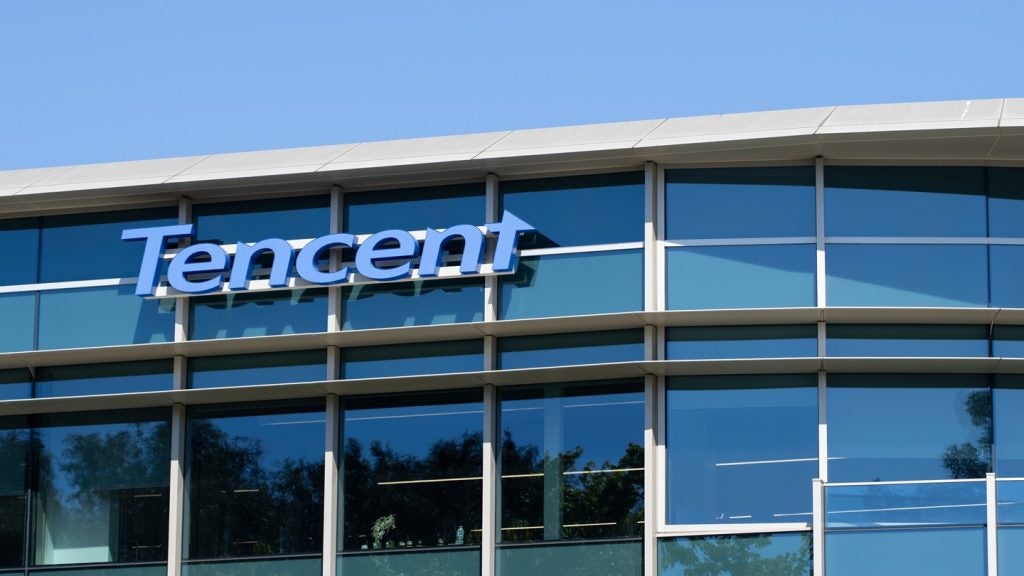In a novel development, OpenAI has acquired io, a collaborative venture founded in 2024 by the esteemed British designer Jony Ive and his company, LoveForm.
Known for his minimalist designs that have shaped iconic products like the iPhone, Ive’s involvement signals a significant shift for OpenAI, which is venturing into the hardware space with a deal valued at $6.5bn, pending regulatory approval. OpenAI CEO Sam Altman and Ive have announced plans to launch their first AI-powered device in 2026, marking a pivotal moment in the integration of AI into consumer technology.
OpenAI targets consumer hardware
As AI continues to revolutionise the tech sector, its presence in consumer hardware remains limited. While software applications have embraced AI, a physical device that seamlessly integrates into daily life has yet to emerge. OpenAI’s main competitor, Google, is leveraging its vast Android user base to embed AI features into its services, while Apple, with its extensive ecosystem, is also poised to make significant strides in AI integration.
OpenAI’s acquisition of io suggests a strategic pivot towards consumer-oriented products, moving beyond software solutions. The emphasis on a tangible device could open new markets and revenue streams, allowing OpenAI to compete more effectively on the global stage. Speculation surrounds the nature of this device, with hints that it will not be a smartphone but rather a pocket-sized, screen-free gadget designed to complement existing technology.
The anticipated device is expected to feature voice-based interaction and advanced environmental capabilities, aligning with Ive’s design philosophy of non-intrusive functionality. However, challenges remain, particularly in ensuring effective communication without a visual interface. The device’s design, potentially resembling a lanyard worn around the neck, raises questions about its market appeal and practicality.
The hardware market is not without risks
OpenAI’s entry into the hardware market is not without risks. Previous attempts at AI-centric devices, such as Humane’s AI Pin and the Rabbit R1, have faced significant challenges, leading to market failures. OpenAI must strategically price its product to ensure competitiveness while avoiding the pitfalls that plagued its predecessors. Reports suggest a potential freemium model, offering the device for free alongside a subscription to ChatGPT, a strategy reminiscent of historical telecom approaches aimed at overcoming consumer hesitance.

US Tariffs are shifting - will you react or anticipate?
Don’t let policy changes catch you off guard. Stay proactive with real-time data and expert analysis.
By GlobalDataHowever, the ambitious goal of shipping 100 million devices post-launch presents logistical hurdles. OpenAI lacks the established supply chain and production facilities that giants like Apple possess. The complexities of global distribution, coupled with potential tariff impositions, add layers of difficulty to an already daunting task.
As OpenAI navigates this uncharted territory, stakeholders must remain cautious. The tech landscape is littered with failed hardware ventures, and the barriers to entry are formidable. Until OpenAI proves its capability to deliver a competitive product, scepticism is warranted. The $6.5bn investment in io represents both a bold vision for the future of AI and a significant gamble in a rapidly evolving market.








